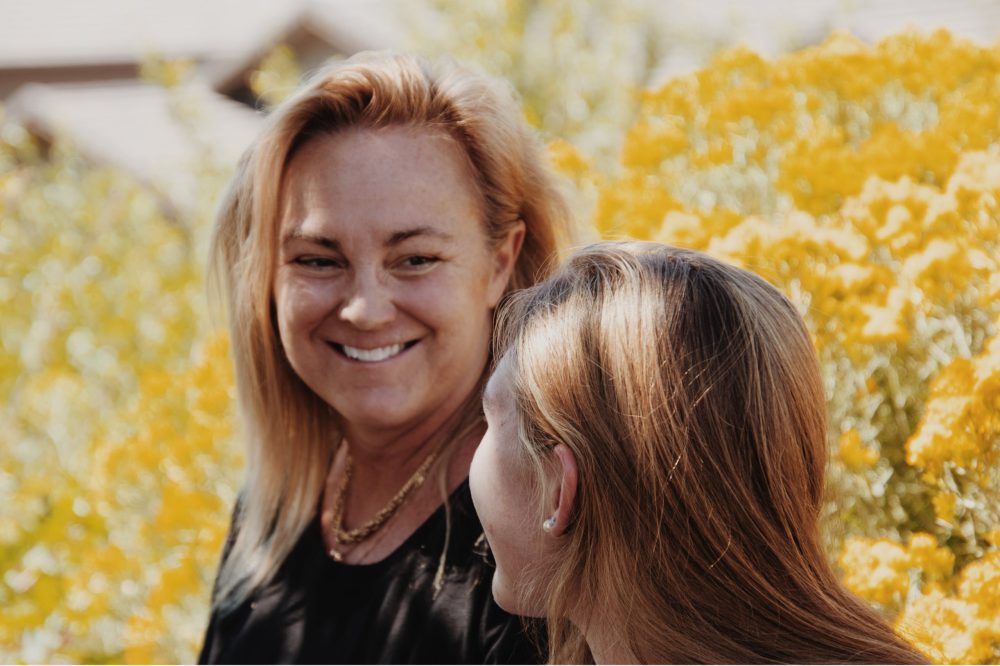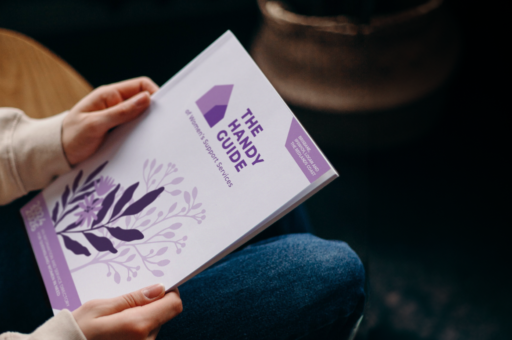
You're not alone: The leading causes of homelessness for women in Australia
May 29, 2023
Australia is grappling with a persistent and deeply entrenched issue that affects countless women across the nation: homelessness.
This social predicament has reached alarming proportions, with the 2021 census recording a staggering twenty percent increase in the number of Australian women experiencing homelessness since 2011 – a statistic that only scratches the surface of the problem.
Recent years have witnessed a disturbing trend, as women over the age of 45 have emerged as one of the fastest-growing groups among the homeless population.
The ramifications of women’s homelessness extend far beyond mere statistics. Behind the numbers lie untold stories of struggle, vulnerability and shattered dreams.
Many women find themselves relying on temporary arrangements, seeking refuge with friends and relatives, or resorting to unstable living situations such as couch surfing or house-sitting.
In this article, we’ll explore the multifaceted causes of women's homelessness in Australia. While domestic violence stands out as a primary catalyst, there are additional factors at play – from mental illness and housing affordability to the gender pay gap’s impact on financial vulnerability.
What is homelessness?
Before delving further, let’s unpack the concept of homelessness itself. The Australian Bureau of Statistics offers a comprehensive definition that encompasses more than just the absence of a physical dwelling.
In the context of the Census, homelessness is defined as follows: "When a person does not have suitable accommodation alternatives, they are considered homeless if their current living arrangement is in a dwelling that is inadequate or does not provide them with control and access to space for social relations."
By understanding the circumstances in which women find themselves without suitable accommodation alternatives, we can better comprehend the true extent of their plight.
To add to this, women are disproportionately represented among the hidden homeless population.
Unlike the more visible experiences of men who may sleep rough on the streets, women are less likely to be found in such circumstances. Instead, they navigate the complexities of hidden homelessness, often seeking temporary arrangements and safer alternatives to protect themselves and their children.
Causes of homelessness
The roots of women's homelessness run deep within Australian society. Factors such as domestic violence, mental illness, housing affordability, and the gender pay gap play significant roles in amplifying women's vulnerability to homelessness.
1. When home is not safe
Domestic violence, in particular, stands out as a prevalent cause, forcing women to flee from abusive partners and seek refuge in unstable living arrangements. When home becomes a place of fear and violence, the impact on women can be devastating, often leading to the harsh reality of homelessness.
According to the Australian Housing and Urban Research Institute (AHURI), a staggering 42 percent of women seeking assistance in 2020-21 cited domestic violence as the primary reason behind their desperate situation.
Breaking free from an abusive partner not only takes immense courage, but also imposes significant financial burdens. Women are forced to navigate the daunting task of finding new accommodation and, in some cases, rely on income support to rebuild their lives.
These statistics underscore the urgent need for comprehensive solutions to address domestic violence and ensure that every individual, regardless of gender, has a safe and secure place to call home.
Read more information about domestic and family violence.
2. Mental health and wellbeing
The intersection of mental health and homelessness paints a stark picture in Australia. Startling findings from the Australian Institute of Health and Welfare reveal that 31 percent of homeless individuals grapple with mental health problems.
Disturbingly, the onset of the pandemic has only heightened this crisis, with the AIHW's latest research indicating an increase in the percentage of Australians experiencing severe psychological distress.
The weight of financial insecurity, the breakdown of relationships, and the daunting task of raising children can place immense strain on individuals, exacerbating existing mental health issues. The ripple effects of this turmoil can be far-reaching, ultimately leading to a state of homelessness.
The toll on mental well-being cannot be underestimated, and it is imperative that we acknowledge and address the crucial link between mental health and homelessness, and provide adequate support systems.
3. The rising cost of living
The exorbitant cost of real estate, whether in terms of renting or buying, is another factor that leads women – particularly older women – to find themselves at risk of homelessness. Unfortunately, the availability of affordable housing for women, especially those reliant on government benefits or with low incomes, has significantly diminished across the country.
Recognising the pressing need to address these challenges, the Federal Government has recently introduced the Family Home Guarantee Scheme, targeting single parents. This program aims to facilitate their access to mortgages by requiring only a 2 per cent deposit.
By reducing the barriers to entry, the scheme offers single parents a potential pathway towards property ownership. It is important to note that certain eligibility requirements must be met in order to participate in this initiative.
Read more information about alternative housing options.
4. A lifetime of earning less
Throughout their lives, women often dedicate themselves to caring for others, whether it be their children or aging parents. This selflessness, however, comes at a cost. It depletes their earnings and savings over a lifetime, placing them at a significant disadvantage.
Balancing the demands of life, family, and community responsibilities often leads to women being more likely to engage in part-time work and casual employment. (Who hasn't done their fair share of tuck shop duty?)
In fact, women account for a staggering 68 percent of all part-time employees in Australia. When coupled with the precarious nature of their employment and reduced earnings over a lifetime, the consequences are profound, especially in the face of one of the world's most expensive real estate markets. This challenging reality places many women in a risky position.
Among the most vulnerable are older women, who face heightened housing insecurity. The end of a long-term relationship through separation, divorce, or the loss of an income-earning partner increases their vulnerability, elevating the risk of homelessness.
As a result of earning less over a lifetime, women often find themselves with smaller savings. For many, a job loss, an unexpected illness, or an unforeseen expense can trigger a financial unraveling that ultimately leads to homelessness. Therefore, government policies and initiatives surrounding superannuation, pay equity, home ownership, and workforce participation play a critical role in empowering women to earn more and retire with greater financial security.
How can I help a woman experiencing homelessness?
The issue of homelessness for women encompasses a complex web of factors, including domestic violence, mental illness, economic disparities, and the escalating housing costs in Australia. Amidst these complexities, crucial resources like The Lady Musgrave Trust’s Handy Guide provide a beacon of hope for women in Queensland, offering vital information, emergency contacts, networking opportunities, and shelter details precisely when they need them most.
While initiatives like The Handy Guide and the progress made in confronting domestic violence provide glimmers of hope, there is still much work to be done. We must continue to shed light on the intricate interplay of housing, gender, and socioeconomic factors, and tirelessly explore meaningful solutions.
By recognising the signs, we can help individuals identify and seek assistance when facing such adversity. And of course, promoting accessible and comprehensive support services – such as counselling, legal aid, and safe accommodation – can serve as crucial lifelines for those seeking to escape abusive situations.
By advocating for policy changes, prioritising affordable housing initiatives, and nurturing a culture of empowerment, we can create lasting change and work towards a future where every woman can experience safety and dignity, regardless of their circumstances.




